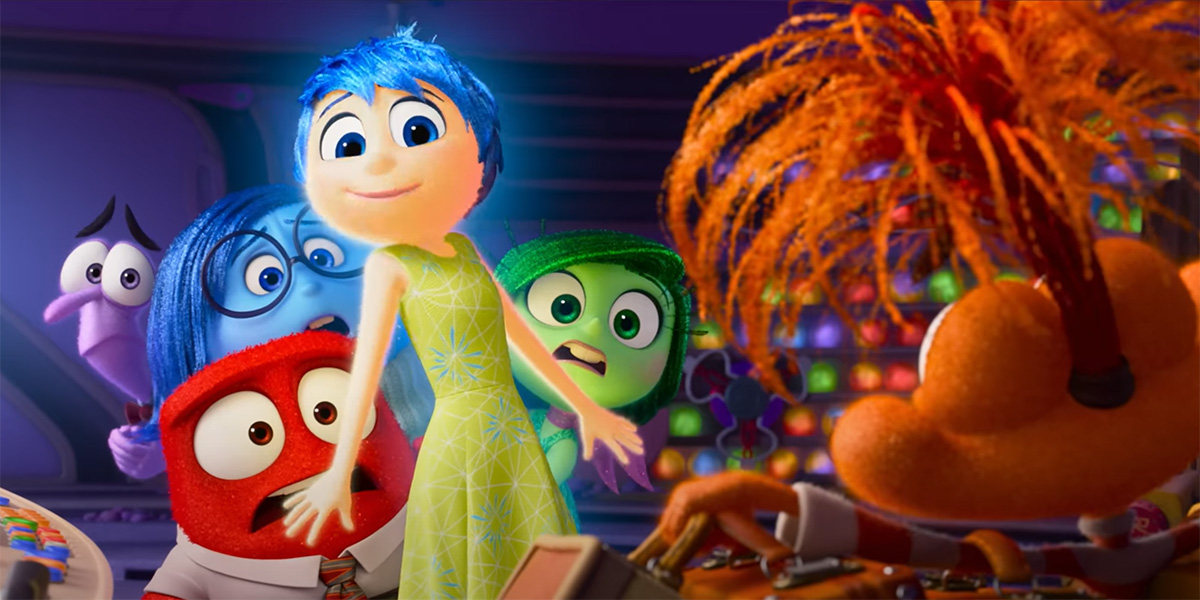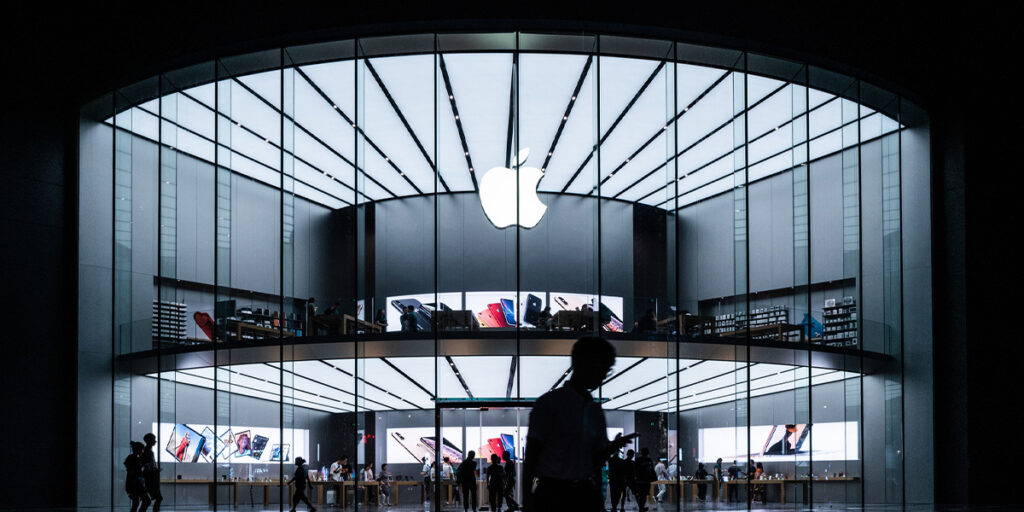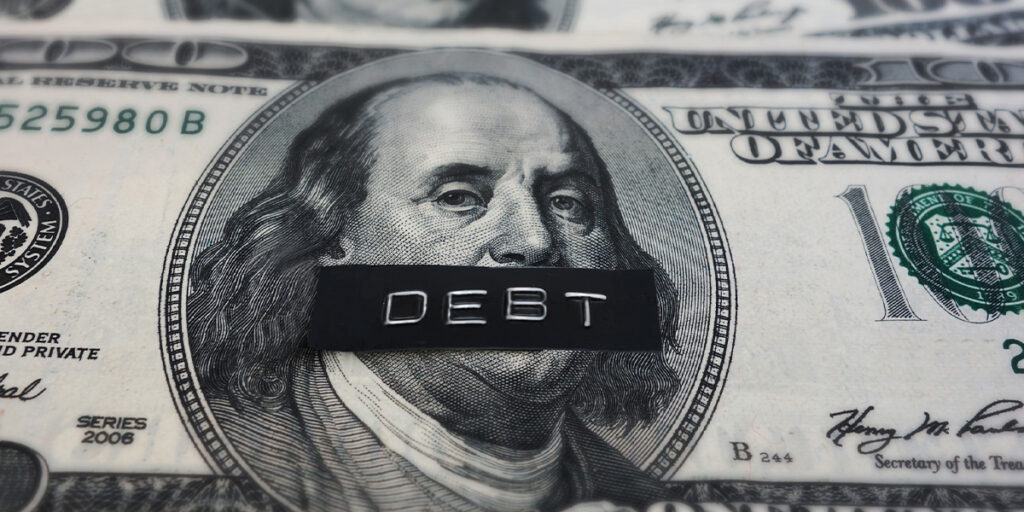For those of you who would prefer to listen:
America’s Economy is showing some signs of cooling. Weaker than expected retail sales indicate consumers are slowing their spending. Make no mistake, they continue to spend. But the spending has become more selective. One thing still seems evident: Americans still want experiences. The Market reflects it.
Travel remains white hot. Summer is here, and the American people are already on the go. They don’t seem to be cutting back much on their vacation. But to afford these elevated prices, they seem to be looking to cut elsewhere. What’s a Summer activity that beats the heat and still fits into family budgets? Head to the movies. That was the case last weekend.
Inside Out 2, the new Disney Pixar film, brought in over $150 Million at the box office across the North America and nearly $300 Billion globally. The 4 ladies in my life were among them. They loved the first one. They said the sequel was even better. Inside Out 2 was by far the best box office opening in 2024. It was a huge spark for what’s thus far been a lackluster movie year. It’s been a bumpy go for movie theaters since Covid. Maverick brought people back in 2022. Barbie and Oppenheimer were the attractions last year. Pixar gave people reason to hit the big screen this Summer. Inside Out 2 was Pixar’s second-best opening weekend in the company’s 30-year history. In case you were wondering, Incredibles 2 was the first.
The Inside Out sequel success is important for a number of reasons. It’s good for the Economy. Saturday Night at the Movies used to be an important thing in America. People were out on the town looking for entertainment and shared experiences. Chances are they have a meal before or after and perhaps do a little shopping. That’s the kind of activity that makes America’s economic engine run.
Films like this tend to attract kids of all ages. That certainly seems to be the case here. Inside Out 2 attracted kids, families and even adults without kids. Pixar has a track record there. And Pixar needed this, just like Disney needed this. It’s been a tough go for Disney as it continues the transition to streaming. Disney hasn’t had a hit at the box office for a while. Pixar used to be Disney’s sure thing, starting with Toy Story all the way through Nemo and everything in between. But Pixar hit a dry spell too, with a series of box office busts. This put an end to that disappointing run.
And perhaps most importantly, Inside Out 2 sounds like it’s good for our society. Keep in mind, I have not yet seen the film. But I saw the first one a few times. The story is about a young girl named Riley dealing with a cross-current of human emotions. It’s actually quite clever. Those emotions, which have animated characters, are Joy, Sadness, Fear, Disgust and Anger. Anger was my favorite. He’s a legendary character.
The sequel has all 5 of the original emotions while adding 4 new ones. You might have guessed; Riley becomes a teenager and all the emotions that come with it. The new emotions are Envy, Ennui (boredom), Embarrassment and, most of all, Anxiety. Having 3 teenagers in my house, this might be the closest thing to an owner’s manual as I’ll ever get…
Anxiety is a serious thing these days, particularly coming off the pandemic. I caught an interview with a psychologist who said the film was pretty accurate when it comes to experiencing anxiety and puberty. She said it’s key to remember that anxiety is normal. “Our goal is not to rid people of anxiety. Our goal is to help people manage anxiety if it gets to an irrational level.” Makes sense.
The Digital Age has brought some serious enhancements to our quality of life. It’s just incredible what these devices can do. But they can come with a serious cost too; Stress, Anxiety and Depression. These devices are designed to be always on. Sure, there’s an off switch. But very few use it. People are constantly buried in their phones and rarely look up to see what’s around them. Social skills have frayed. Eye contact has disappeared. Shared experiences, in person, don’t happen as often anymore.
These are disruptive times, and entertainment is a disruptive industry. Hollywood has been used to disruption for a century. One thing remains constant: Content is king. Distribution has been the tricky part in the Digital Age. Netflix saw the power of streaming early when we were still in a Blockbuster world. Hollywood was caught completely flat-footed. Hollywood was founded on luring you out to the theater. Silicon Valley aims to win the home as well as the road. Silicon Valley is aggressive today expanding into entertainment and they have much deeper pockets.
Sports are big business. These professional contracts are massive and Silicon Valley’s involvement keeps driving pricing higher. NFL is king. But consider what’s happening with the NBA. Broadcast rights are being bid up. Ratings are down but companies are willing to pay twice as much for the rights to broadcast fewer games. Why might you ask? Live is critical for advertisers. Everything else can be streamed on demand; Whatever you want, whenever you want it, wherever you want it. Live sports are one of the few events where people have to adjust their schedule to experience it. Advertisers want that captivated audience.
Amazon, Netflix and Google understand this and are raising the stakes. Paramount and Warner Brothers are scrambling to stay relevant. The future is not cable. The future is definitely not broadcast networks. The days of Cronkite and Brokaw are long gone. Disney has learned an important lesson and seems to be making the right adjustments. Partnerships appear to be the path forward. Remember, Pixar is rooted in Silicon Valley with Steve Jobs. Steve was a Director on Disney’s Board. Over the years, Disney has become a blend of Hollywood and Silicon Valley. The key for success in the entertainment industry is the proper blend of Hollywood and Silicon Valley. Eventually, they’ll be indistinguishable, inside out and outside in.
Back to the Market:
Investing can be emotional business. Sentiment tends to get dictated by price. There have been 31 record highs on the year for the S&P 500. The more the Market rose, the more Bullish investors have gotten. According to the AAII Investor Survey, there are currently the fewest number of Bears all year. Wall Street is full of Bulls now. There is very little fear, outside of the fear of missing out. The Street is known for chasing. Goldman just raised its target for the S&P for the 3rd time this year. Evercore ISI went from Bear to Bull this week, raising its year-end target up from 4,750 to 6K. That’s not atypical. It’s usually a sign of tops and an inevitable correction.
Another tell is the weak breadth. Participation has not been broad. There are just a few stocks that are leading the charge. Tech has been dominant and looks quite extended. Conversely, the average stock is not extended at all. The Dow sort of reflects this segment of the Market while the Tech-heavy NAS is beyond stretched. The combination of narrowing leadership and deteriorating breadth has forced momentum traders into a small group of stocks.
Thursday brought what’s referred to as an “Outside Day.” An Outside Day, which is a reversal, occurs when a stock trades below the previous day’s low and above its high. The price action goes outside the previous range. This often signals a reversal, especially when prices have reached stratospheric levels. Nvidia, the poster for AI, was the stock. This is what it often looks like: The stock (or Index) opens higher as FOMO (Fear of Missing Out) creates panic buying pushing prices above the previous day’s high. Then bids start to fade. Enthusiasm turns to caution followed by pessimism as prices fall below the previous day’s low. That leaves those buyers underwater. Trapped buyers look for a bounce to sell at break even. Many times, the bounce doesn’t come quickly. Outside Days are particularly significant following big runs and can take investors on an emotional rollercoaster. They can happen really fast.
Conversely, the Dow caught a bid as money rotated back to areas that have not performed as well. The short-term bullish shift in the Dow is a possible sign of healthy rotation away from Tech. Energy and Industrials led. Health Care fared well too. The Dow is much more diversified across sectors. The NASDAQ is heavy in Tech. The S&P is too, but much more of a blend. A similar outside reversal day came in March, which proved to be the top for nearly 3 months as the Stock Market consolidated and digested big gains. Despite the reversal lower, both the S&P and NAS notched their 3rd straight weekly win streak and 8 out of the last 9. It’s been quite a run.
Friday was a “Triple Witching Day.” That’s Trader Talk for an event which happens 4 times per year when stock options, stock index futures and stock index options all simultaneously expire on the same day. Triple Witches cause a spike in trading activity as traders close, roll out, or offset their expiring positions. It’s particularly noticeable in the final hour of trading. That triggers both buying and selling of the same security. Options expire the 3rd Friday of every month. This Triple Witch is estimated to have been a record, with approximately $5.5 Trillion in options expired in June. It closed out the month, the quarter as well as the first half of the year in the Options Market.
Options expiration is purely technical. But option positioning can be both technical and emotional. Professionals play the probabilities. It’s a math exercise. Amateurs tend to lean with feelings. It’s an emotional exercise. Options sentiment is measured by what’s called the Put/Call ratio. Put purchases are Bearish strategies. Call purchases are Bullish. They’re speculative. But just like Investor Sentiment, the Put/Call ratio is a contrarian indicator because most people buy high and sell low.
The Put/Call ratio is currently at 0.6. There has been far more Call buying than Puts. The ratio is near the lows on the year. It too is a sign of complacency. When you look deeper at option activity you see record call buying in semiconductor stocks. It’s the most bullish it’s been in the 21st century. That seems a bit euphoric. So that is saying something.
We still see a lot of value in this Market. The vast majority of stocks are not expensive and have not really participated in the rally. These are stocks in other sectors that are likely considered boring because they’re not direct AI plays. That’s ok. We always find periodically that boring can be beautiful for investors.
We are long-term investors equipped to deal with short-term issues. We lean on facts and logic while navigating through emotion. Warren Buffett says he gets fearful when others are greedy, and he gets greedy when others are fearful. Warren likes to buy low and sell high. So do we. It’s never as easy as it sounds. But it’s a good strategy, inside and out.
Have a nice weekend. We’ll be back, dark and early on Monday.
Mike







